Change of Employment Terms Letter Template
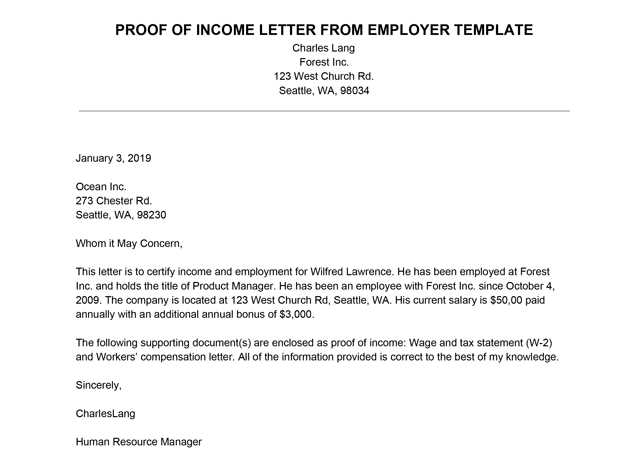
Understanding Employment Terms Adjustments
When an organization decides to modify certain aspects of a worker’s role or responsibilities, it is important to approach the situation with care and professionalism. These adjustments can occur for various reasons, such as organizational needs, personal development, or changes in the industry. Regardless of the cause, the process must be handled thoughtfully to ensure smooth transitions and maintain positive relationships between all parties involved.
Why Adjustments Are Necessary
In a dynamic workplace, the requirements of a position can evolve over time. An employee may be asked to take on new duties, work different hours, or accept a shift in their work environment. These adjustments help the organization stay competitive while also aligning with the evolving skills and career development of its staff. Properly communicating these modifications is essential to avoid confusion and maintain employee motivation.
How to Effectively Communicate Adjustments
Clear communication plays a crucial role in successfully managing changes. It is important to explain the reasons for adjustments, outline the expectations clearly, and ensure that the individual understands how the changes will impact their daily activities. Providing sufficient notice and support during this period can help employees transition smoothly, maintaining a positive working relationship even during times of uncertainty.
Steps to Craft an Effective Letter
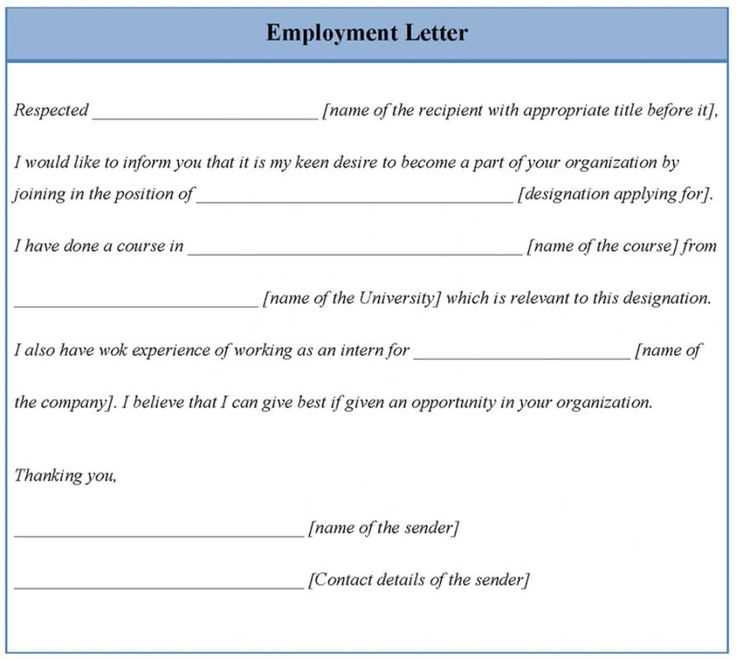
Creating a formal document to notify an individual about role or responsibility changes requires a thoughtful approach. A well-structured notification ensures that all necessary information is communicated clearly and professionally. The purpose is not just to inform but to maintain a positive relationship, clarify expectations, and provide the recipient with all the information needed to adapt effectively.
1. Start with a Clear Introduction
The opening of your message should immediately set the context for the change. Be straightforward but respectful, ensuring the recipient understands the reason for the communication. Begin by mentioning the nature of the update and the effective date, establishing a clear starting point for the following details.
2. Outline the Key Details
List the changes or updates in a clear and organized manner. This helps avoid any confusion. You may consider using bullet points or numbered lists to present the adjustments effectively. Include the following elements:
- Specific changes to the role or duties.
- Any adjustments to working hours or location.
- Clarification of new expectations or responsibilities.
3. Provide Context and Support
After addressing the changes, provide a brief explanation of why the modifications are being made. This helps the recipient understand the bigger picture. If possible, offer support or resources to assist with the transition, ensuring the individual feels confident in adapting to the new requirements.
4. Conclude with Next Steps
End the communication by outlining any further actions needed from the recipient, such as confirming receipt or scheduling a follow-up discussion. Reassure them that their questions or concerns will be addressed promptly, maintaining an open line of communication.
Steps to Craft an Effective Letter
When informing an individual about a modification in their job role or responsibilities, it is important to create a clear and professional document. This ensures that the recipient understands the nature of the adjustment, the reasons behind it, and the specific actions required. A well-written communication can prevent misunderstandings and ensure a smooth transition for both parties.
1. Identify the Purpose and Scope
Before drafting the document, it is crucial to clearly define what changes are being made and why they are necessary. Address the specific details that will be impacted, whether it’s job duties, hours, or working conditions. Providing a solid understanding of the context ensures transparency.
- Clarify the specific modifications being made.
- Explain why these changes are needed.
- Outline the expected outcome of the changes.
2. Maintain a Professional Tone
Ensure that the communication remains respectful and professional throughout. Even if the adjustments are significant, the tone should reflect consideration for the recipient’s perspective. This helps to preserve a positive working relationship during the adjustment period.
- Use neutral and respectful language.
- Avoid jargon or overly complicated terms.
- Be empathetic, understanding the potential impact on the individual.
3. Provide Clear Instructions
Make sure to include all necessary details and instructions that the recipient needs to understand the next steps. Be clear about any actions they need to take or any responses required from them.
- Specify any deadlines or timelines for the adjustments.
- Include contact information for further questions or clarifications.
- Offer support or guidance if needed during the transition.
htmlEdit
Legal Guidelines for Employment Changes
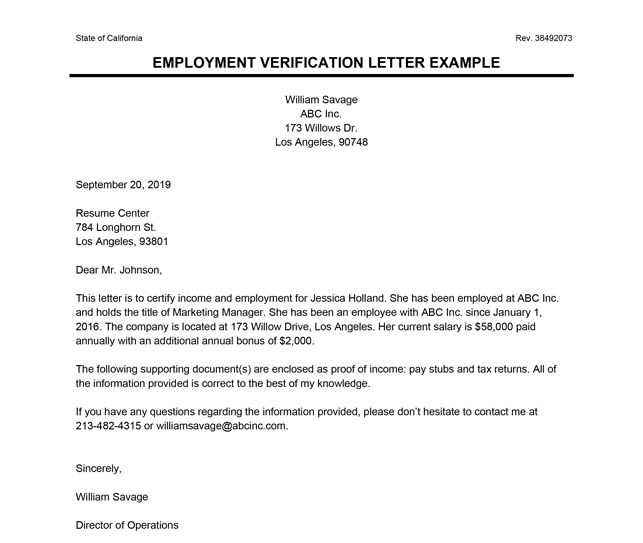
When altering a work relationship, it is crucial to understand the legal boundaries that govern such adjustments. Employers must adhere to established regulations to ensure that both parties are treated fairly and respectfully. These rules help prevent misunderstandings and disputes by defining the rights and responsibilities of each individual involved in the modification process.
Notice Requirements: Employees typically need to be informed about any significant shifts in their roles or job conditions. This notice must be given within a reasonable timeframe, allowing workers to prepare for the changes or address any concerns they may have. Failure to provide sufficient notice could lead to legal consequences.
Consent and Agreement: Modifications to a job situation should always be mutually agreed upon. While employers can propose adjustments, workers must consent to the new arrangements. In some cases, refusal to accept alterations may be seen as a breach of contract, depending on the nature of the agreement between the two parties.
Compensation and Benefits: If any alterations affect pay, benefits, or other forms of compensation, the law requires clear communication and written documentation. Employees must understand how their financial and non-financial benefits will change, and any such adjustments must comply with applicable wage and benefits laws.
Non-Discrimination: Employers must ensure that changes do not result in discriminatory practices. All decisions should be made based on legitimate business needs, not on factors like gender, age, race, or disability. Discriminatory practices are illegal and can lead to severe legal consequences.
htmlEdit
Best Practices for Communicating Changes
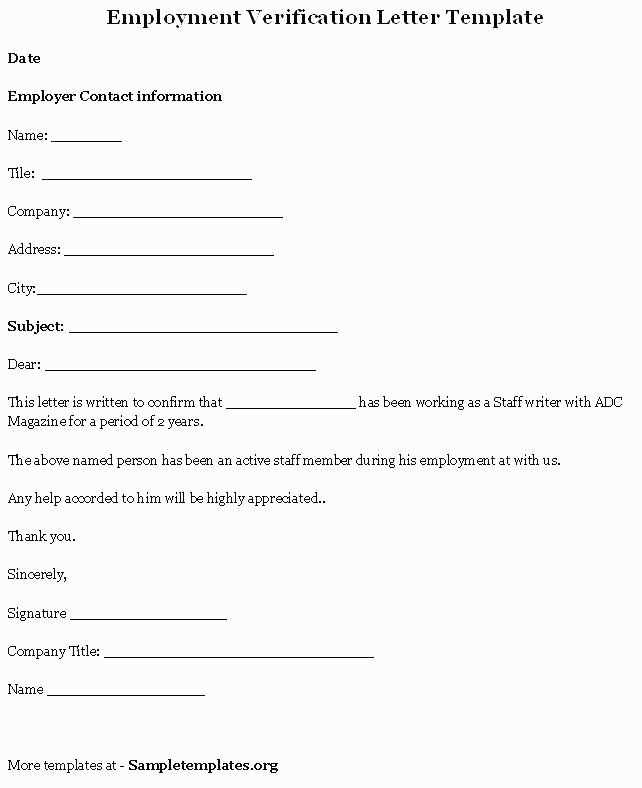
Clear and effective communication is key when altering the dynamics of a work relationship. Transparency, respect, and proper timing are essential in ensuring that all parties understand and agree to the adjustments being made. Following the right approach minimizes misunderstandings and fosters a positive atmosphere for everyone involved.
- Provide Adequate Notice: Allow sufficient time for the other party to review the proposed modifications and prepare accordingly. This demonstrates consideration and respect for their position.
- Use Clear and Concise Language: Avoid jargon or ambiguous terms. Instead, opt for straightforward explanations that leave no room for confusion. This ensures that the message is easily understood.
- Be Transparent: Clearly explain the reasons behind the proposed changes. Providing context helps individuals better accept and adapt to the adjustments.
- Offer Support: Ensure that the individual feels supported throughout the transition process. This may include offering resources, guidance, or additional training if necessary.
- Follow Up: After initial communication, follow up to address any questions or concerns that may arise. Continued dialogue promotes trust and prevents future misunderstandings.
htmlEdit
Common Mistakes When Writing Letters
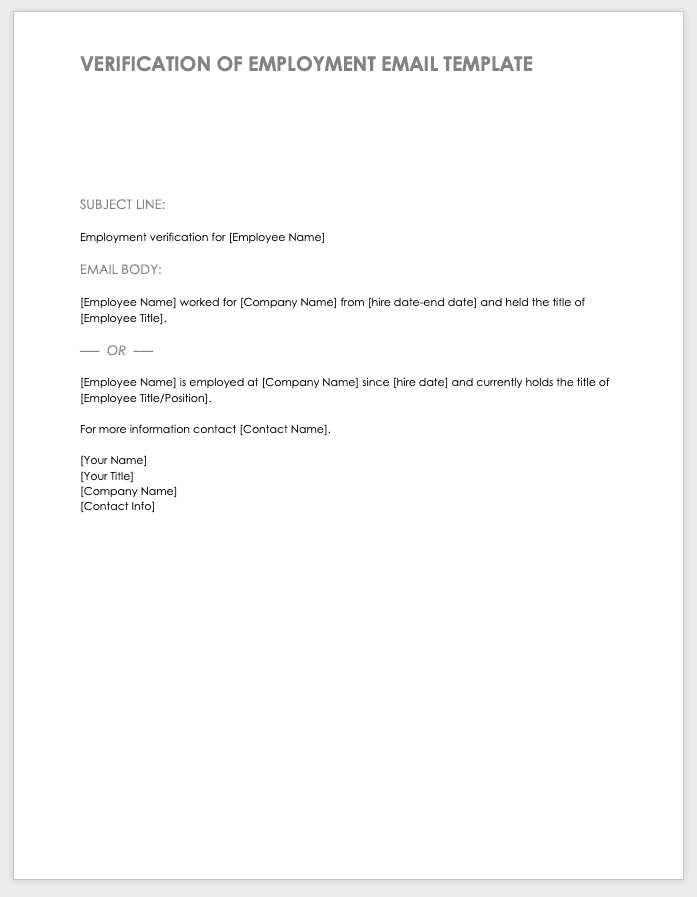
Crafting a formal document to notify someone of modifications requires careful attention to detail. Mistakes in wording, structure, or tone can undermine the effectiveness of the communication and lead to misunderstandings. Avoiding common errors ensures that the message is conveyed clearly and professionally, fostering trust and understanding.
| Mistake | Consequence | Correction |
|---|---|---|
| Vague or Unclear Language | Recipients may misinterpret the content or miss key details. | Use specific and direct language to clarify the intent of the communication. |
| Improper Tone | The tone can come across as either too formal or too casual, affecting the recipient’s response. | Ensure the tone is professional yet approachable, striking a balance that suits the context. |
| Failure to Proofread | Spelling and grammatical errors can detract from the credibility of the document. | Always proofread for errors before sending, or use grammar-checking tools. |
| Not Providing Enough Context | Without sufficient background information, the recipient may not fully understand the rationale behind the modification. | Include a brief explanation for why the change is being made, ensuring transparency. |
| Not Allowing Enough Time for Response | The recipient may feel pressured or unable to respond appropriately due to short deadlines. | Provide ample time for the recipient to process the information and respond thoughtfully. |
htmlEdit
Practical Examples of Change Letters
Providing clear and concise examples can help illustrate the best way to communicate adjustments in a professional setting. The following samples offer practical insights into how such messages can be effectively written, covering a variety of situations that may arise in a work context.
Example 1: Alteration of Work Hours
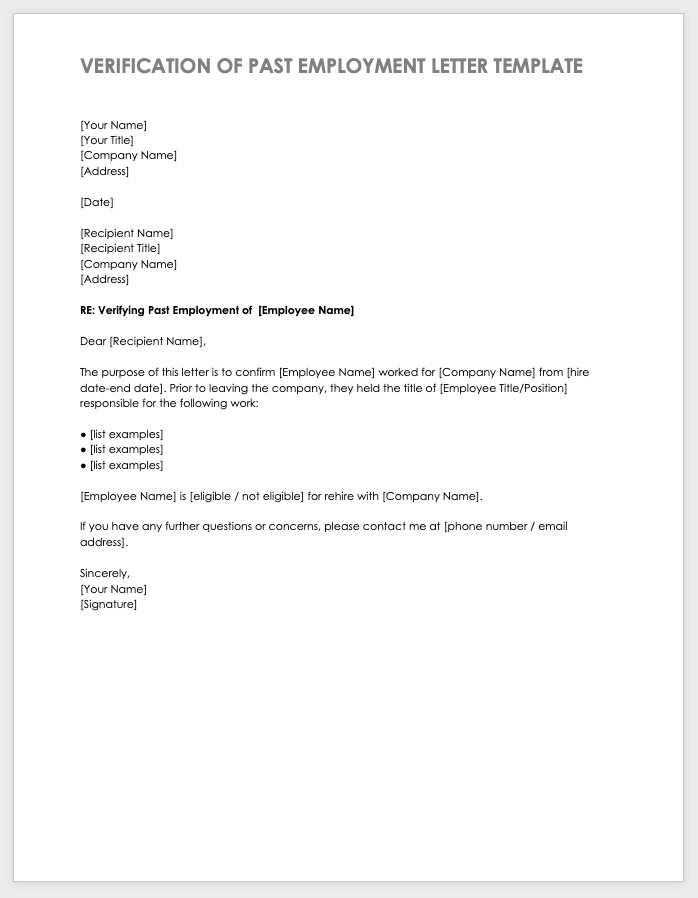
Dear [Employee’s Name],
We are writing to inform you of an update regarding your working schedule. Starting from [date], your weekly hours will be adjusted to [new hours], which aligns with our current operational needs. Please feel free to reach out if you have any questions or need further clarification about this shift.
We appreciate your flexibility and continued dedication to the team. We trust that this adjustment will provide a positive impact on your work-life balance.
Example 2: Modification of Job Responsibilities
Dear [Employee’s Name],
We would like to inform you of a change in your role. Effective [date], your primary responsibilities will include [new duties], while your current tasks will be reassigned to [new team member/department]. We believe that this new structure will better utilize your skills and support the organization’s objectives.
If you have any concerns or require additional information, please do not hesitate to contact us. We are confident that these adjustments will be beneficial for both you and the company.